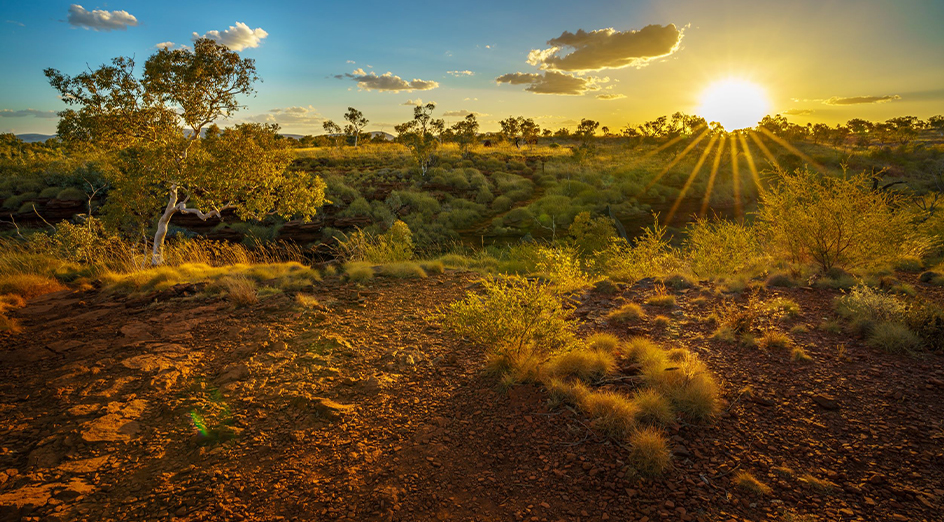Talitha Santini, Associate Professor of Environmental Sciences and Management, UWA School of Agriculture and Environment and Director of the UWA Mining Innovation Network is one of more than 50 contributors who participated in the ground-breaking report WA 2050: People, Place, Prosperity published by the UWA Public Policy Institute (UWA PPI) which lays out what’s at stake across the next 30 years for our State.
"As many of WA’s 1,000 active mine sites move towards closure over the next two decades, we will be confronted with a growing challenge to avoid creating more examples like Wittenoom, a ghost town legacy to asbestos mining."
Associate Professor Talitha Santini
WA is a global mining powerhouse, but relatively little thought has been given to the future of mine sites and the surrounding regional populations after mines close.
These are often out of sight, and out of mind. Without continuous planning, nearby settlements become ghost towns and mine sites become potentially toxic moonscapes posing danger to human and animal life.
As many of WA’s 1,000 active mine sites move towards closure over the next two decades, we will be confronted with a growing challenge to avoid creating more examples like Wittenoom, a ghost town legacy to asbestos mining.
Mine closure has been plagued by a lack of creativity and insistence on restoring mined landscapes to their premining condition. In most cases, restoration is impossible (or extremely difficult, time consuming and expensive) and does not deliver the best social, economic and environmental outcomes for communities.
We must broaden our horizons and ask, ‘What would deliver the most value socially, economically and environmentally?’ This opens the door to new possibilities that work with the site’s constraints and the desires of the communities that will inherit it.
We owe it to future generations to get smart about mine closure. Leaving open pits and shuttered towns scattered across our beautiful natural landscape is a wasteful legacy. By considering more creative options, we can secure regional economies, vibrant communities and their environmental health, and turn WA into a global mine closure powerhouse.

Two proposals
1. Harness opportunities such as pumped storage hydropower, which uses excess solar power to pump water into a mine void at a higher elevation during the day, then discharges through hydropower turbines to feed power back into the grid at night.
Mountain bike trails and landscape art installations offer examples of imaginative and valuable post-mining land uses once we stop defaulting to restoration.
2. Engage a range of stakeholders to identify the most valuable outcome for a site. Corporate, government and community stakeholders are typically involved. Greater breadth in community engagement and increased consultation with non-government organisations, entrepreneurs and mine closure specialists is needed to expand the range of options under consideration and ensure the most feasible option is selected.
Engagement needs to occur early and throughout the life of a mine, as mine plans and local economies change. This should be tracked and audited by government regulators to support the future prosperity of our regions.
